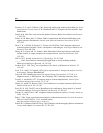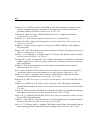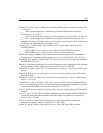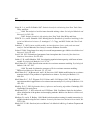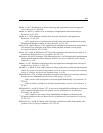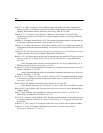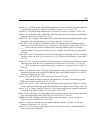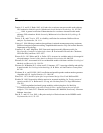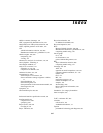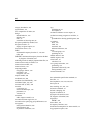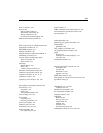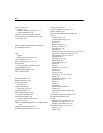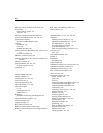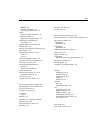
646
Bibliography
Tanaka, J. S., and G. J. Huba. 1985. A fit index for covariance structure models under arbitrary
GLS estimation. British Journal of Mathematical and Statistical Psychology, 38: 197–201.
______. 1989. A general coefficient of determination for covariance structure models under
arbitrary GLS estimation. British Journal of Mathematical and Statistical Psychology, 42:
233–239.
Tucker, L. R., and C. Lewis. 1973. A reliability coefficient for maximum likelihood factor
analysis. Psychometrika, 38: 1–10.
Verleye, G. 1996. Missing at random data problems in attitude measurements using maximum
likelihood structural equation modeling. Unpublished dissertation. Frije Universiteit Brussels,
Department of Psychology.
Vermunt, J. K., and J. Magidson. 2005. Structural equation models: Mixture models. In:
Encyclopedia of statistics in behavioral scientce, B. Everitt and D. Howell, eds. Chichester,
UK: John Wiley and Sons, 1922–1927.
Warren, R. D., J. K. White, and W. A. Fuller. 1974. An errors-in-variables analysis of managerial
role performance. Journal of the American Statistical Association, 69: 886–893.
Wheaton, B. 1987. Assessment of fit in overidentified models with latent variables. Sociological
Methods and Research, 16: 118–154.
Wheaton, B., B. Muthén, D. F. Alwin, and G. F. Summers. 1977. Assessing reliability and stability
in panel models. In: Sociological methodology, D. R. Heise, ed. San Francisco: Jossey-Bass,
84–136.
Wichman, B. A., and I. D. Hill. 1982. An efficient and portable pseudo-random number generator.
Algorithm AS 183. Applied Statistics, 31: 188–190.
Winer, B. J. 1971. Statistical principles in experimental design. New York: McGraw-Hill.
Wothke, W. 1993. Nonpositive definite matrices in structural modeling. In: Testing structural
equation models, K. A. Bollen and J. S. Long, eds. Newbury Park, CA: Sage Publications,
256–293.
______. 1999 Longitudinal and multi-group modeling with missing data. In: Modeling
longitudinal and multiple group data: Practical issues, applied approaches and specific
examples, T. D. Little, K. U. Schnabel, and J. Baumert, eds. Mahwah, New Jersey: Lawrence
Erlbaum Associates.
Zhu, H. T., and S. Y. Lee. 2001. A Bayesian analysis of finite mixtures in the LISREL model.
Psychometrika, 66:1, 133–152.



